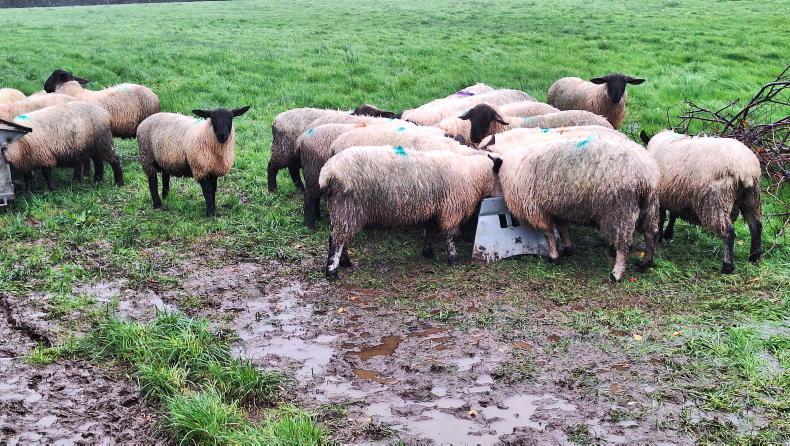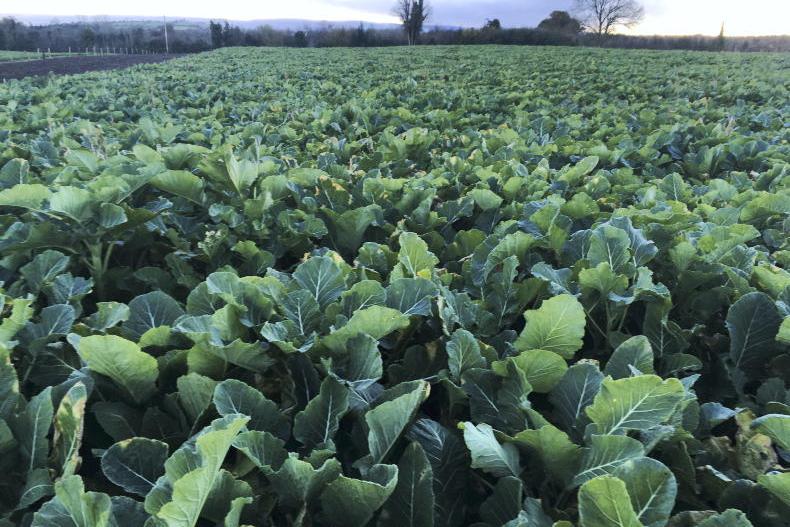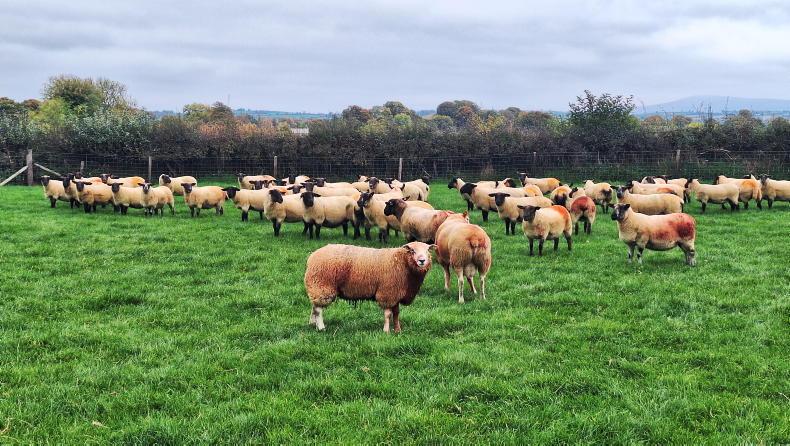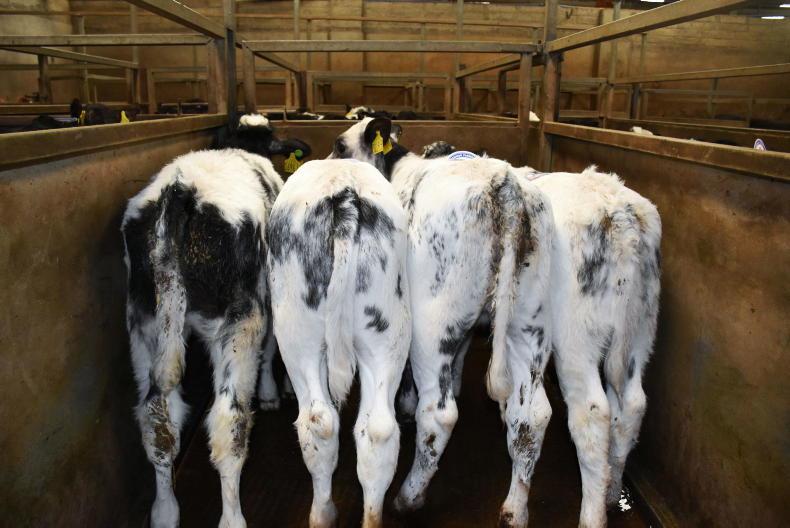From developments last week surrounding the growing of catch crops, one has to wonder does the Government actually want sustainable farming in this country.
Last week, at the behest of the Minister, the Department of Agriculture amended a new rule which required forage crops to be accompanied by a grass lie-back equal in size to the area of the forage crop.
The amendment means that the forage crop to grass lie-back breakdown now needs to be 70:30. So, if you have 7ha of forage rape you need 3ha of grass.
It looks like the Department does not understand the problem with the rule.
The problem is that grass is required - making the amount of grass required smaller isn’t much of an advantage if grass isn’t available and it is too costly to sow.
Making the amount of grass required smaller does not make a difference to the majority of farmers who grow these crops.
Changes
So, the changes will not see many more farmers eligible to graze forage crops and, all the while, the days pass by to plant these crops in good conditions to maximise yield.
In the past few years, the popularity of catch crops has gained huge traction and more tillage farmers were growing these crops for other farmers to graze.
Remember, the Department incentivised it in 2018 when there was a fodder shortage and some €100/ha was available for crops such as forage rape.
Some 22,000ha of the crops are to be grown in ACRES. Not all catch crops will be grazed or be suitable for grazing, of course, and the date for grazing on 1 January in ACRES is very late, as some will be headed out and flowering when animals can’t eat them.
However, another 20,000ha of the crops are grown every year outside of schemes and many of these crops are grown by tillage farmers for livestock farmers to graze.
The relationships built up will most likely fizzle out and there will be a lot of store lambs with nowhere to go.
Also, these sheep will require more meal to be finished and more grain will need to be imported into the country.
This is hardly sustainable and comes at a time when the Government is trying to increase tillage area to reduce our dependency on imported feed material.
Contradiction
The rules surrounding forage crops have caused issues from the start of this year.
In February, the Irish Farmers Journal queried the need to have a grass buffer around fields that forage crops are grown in and the need to extend a watercourse buffer from 3m to 4m in these crops.
The Department then changed this rule to say that the buffer could be made up of volunteer cereals or grass.
At that time, the Department stated a lie-back was needed, but there was no mention of grass.
Now the Department has said the lie-back area must be grass.
So why is it okay to have stubbles and volunteer cereals as a buffer around these crops, but it isn’t good enough for the lie-back? This buffer does not need to be fenced, so the sheep will walk and graze on it.
Another solution
Surely there is another solution to this. Could we not have a low stocking rate on these crops? Could the lie-back apply to heavy animals?
Remember, tillage farmers do not want these animals to damage their soil. The reason that they are growing these crops in the first place is to improve their soil.
They see that their crops are better after forage crops have been grazed by livestock. They reduce their fertiliser levels where the crops have been grown. All of these things add up to sustainable farming.
What we need in farming at present is more joined-up thinking, more co-operation between sectors.
If we had more tillage farmers growing crops for livestock farmers, we would be spreading the nutrient load across different areas, taking pressure off slurry storage, helping water quality and freeing up access to land as livestock farmers would be outsourcing some of their forage production.
These rules need to be changed immediately. They don’t need to be changed in two months or next year. Talk to farmers, see how the practice works and change the rules to allow sustainable farming to continue and grow.










SHARING OPTIONS